Nagoya is a city with a rich culinary tradition, where locals take their food seriously. One can hardly talk about Nagoya’s food culture without mentioning Hitsumabushi, a delicious grilled eel dish served with rice and a special broth. Another popular dish is Miso Katsu, which consists of deep-fried pork cutlet smothered in a savoury miso sauce. If you’re in the mood for something on-the-go, Tenmusu might be the perfect choice – a rice ball filled with crispy shrimp tempura.
All of these foods and more represent Nagoya’s unique and delicious food culture, which is not to be missed on any visit to the city. In this Nagoya food guide, we’ll introduce you to some of the best dishes you should try during your stay.
Hitsumabushi
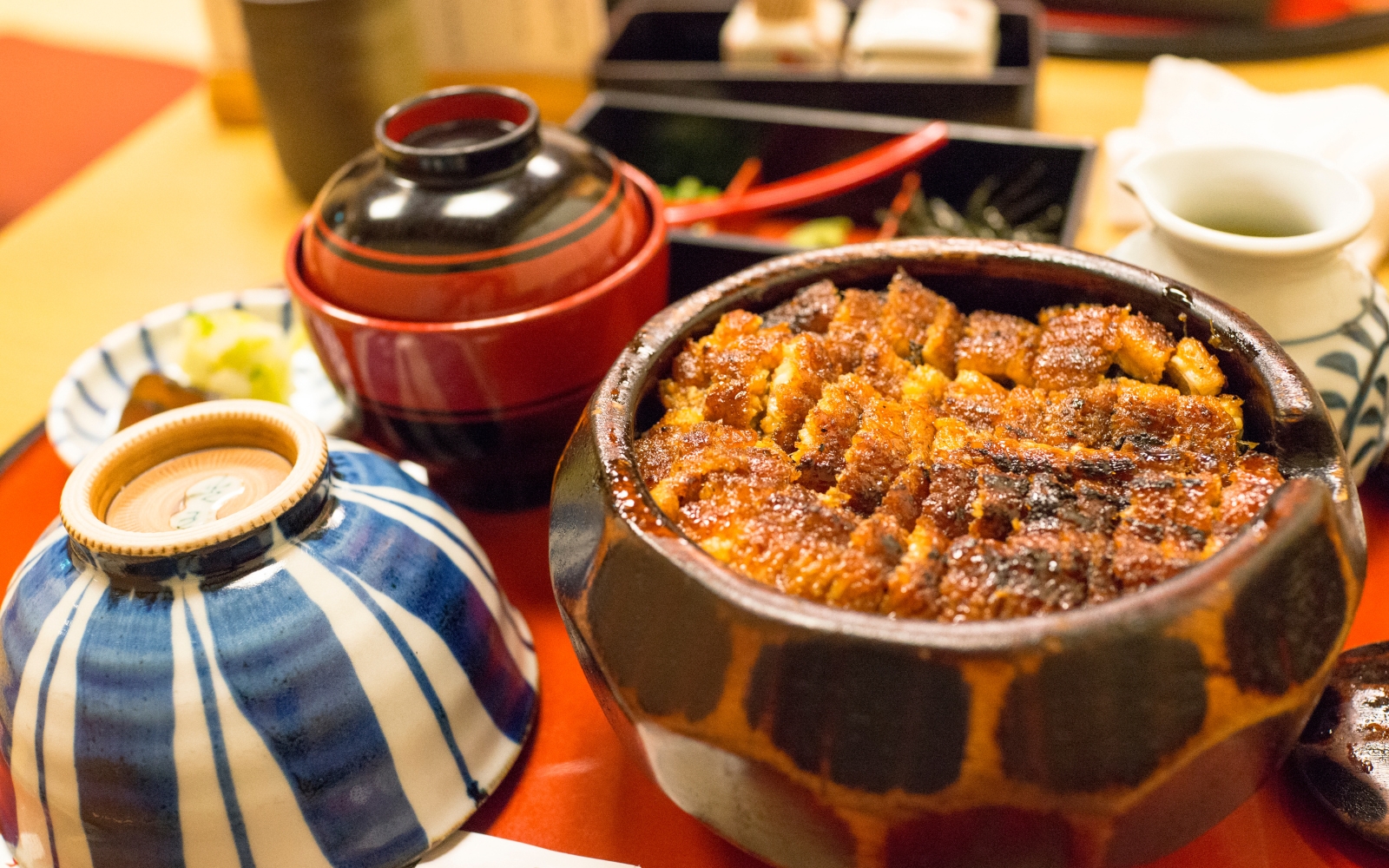
- Nagoya-style grilled eel dish served on a bed of rice
- The eel is typically flavoured with soy sauce and grilled
- My personal favourite dish
Hitsumabushi is a traditional Japanese dish that originated in Nagoya. It is a type of grilled eel dish, which is also known as unagi in Japanese.
Typically, Hitsumabushi is served in a large wooden bowl called a donburi. The bowl is filled with rice, which is then topped with grilled eel seasoned with a special sauce made from soy sauce, sugar, and mirin. The eel is then cut into small pieces and mixed with the rice.
A unique aspect of Hitsumabushi is that it is typically eaten in three different ways. First, eat a portion of the dish as is, savouring the flavours of the grilled eel and the special sauce. Then, add condiments such as wasabi, green onion, and nori seaweed to the dish, creating a new flavour profile. Finally, add a broth or tea to the dish, transforming it into a savoury soup.
Hitsumabushi is a popular dish in Nagoya and can be found at many restaurants in the city. It is often considered a speciality of the region and is a must-try for anyone visiting Nagoya.
Miso katsu
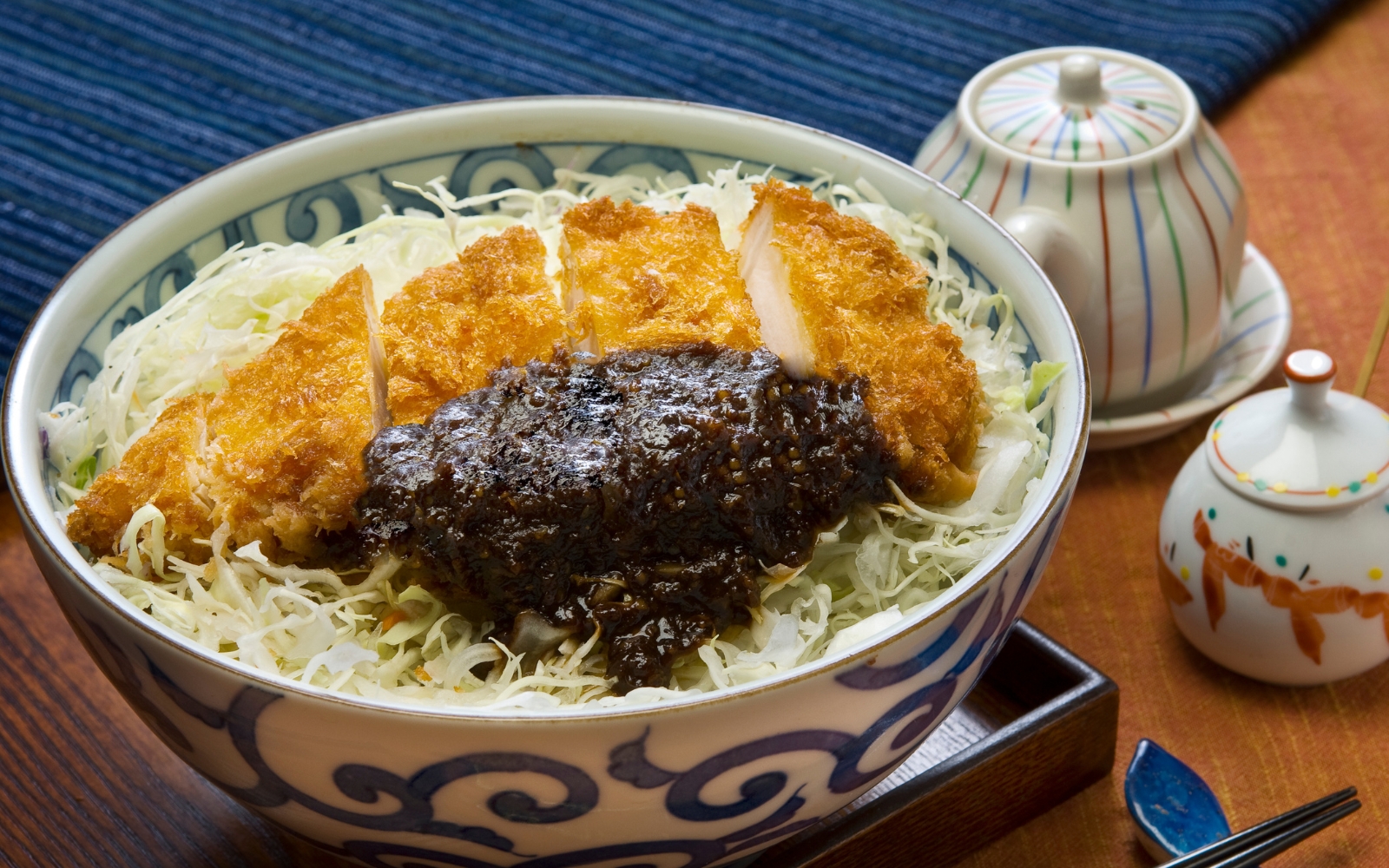
- Breaded and fried pork cutlet smothered in a sweet and savoury miso sauce
- Popular comfort food in Nagoya
Miso katsu is a popular dish that has its roots in Nagoya. The original “tonkatsu” was invented in Japan in 1899 at a Tokyo restaurant called Rengatei. The Nagoya version consists of a deep-fried pork cutlet that is coated in breadcrumbs and served with a thick sauce made from miso.
For the dish, a high-quality pork loin is used, which is coated in breadcrumbs and deep-fried until it turns crispy and golden brown. The miso sauce, which is thick and hearty, is made from a mixture of sweet and savoury miso paste, sugar, and other seasoning.
Typically, miso katsu is served alongside shredded cabbage, rice, and miso soup. To eat it, dip the bite-sized pieces into the miso sauce using your chopsticks. The shredded cabbage is used to balance out the rich and savoury flavours of the dish and provides a refreshing crunch with every bite. The waiter will usually top up the miso soup and the cabbage for free.
Miso katsu is a beloved dish in Nagoya and can be enjoyed at many local restaurants, particularly at traditional Japanese-style eateries known as izakayas. It is considered a local speciality and is highly recommended for those who want to experience the tastes and flavours of Nagoya’s cuisine.
Tenmusu
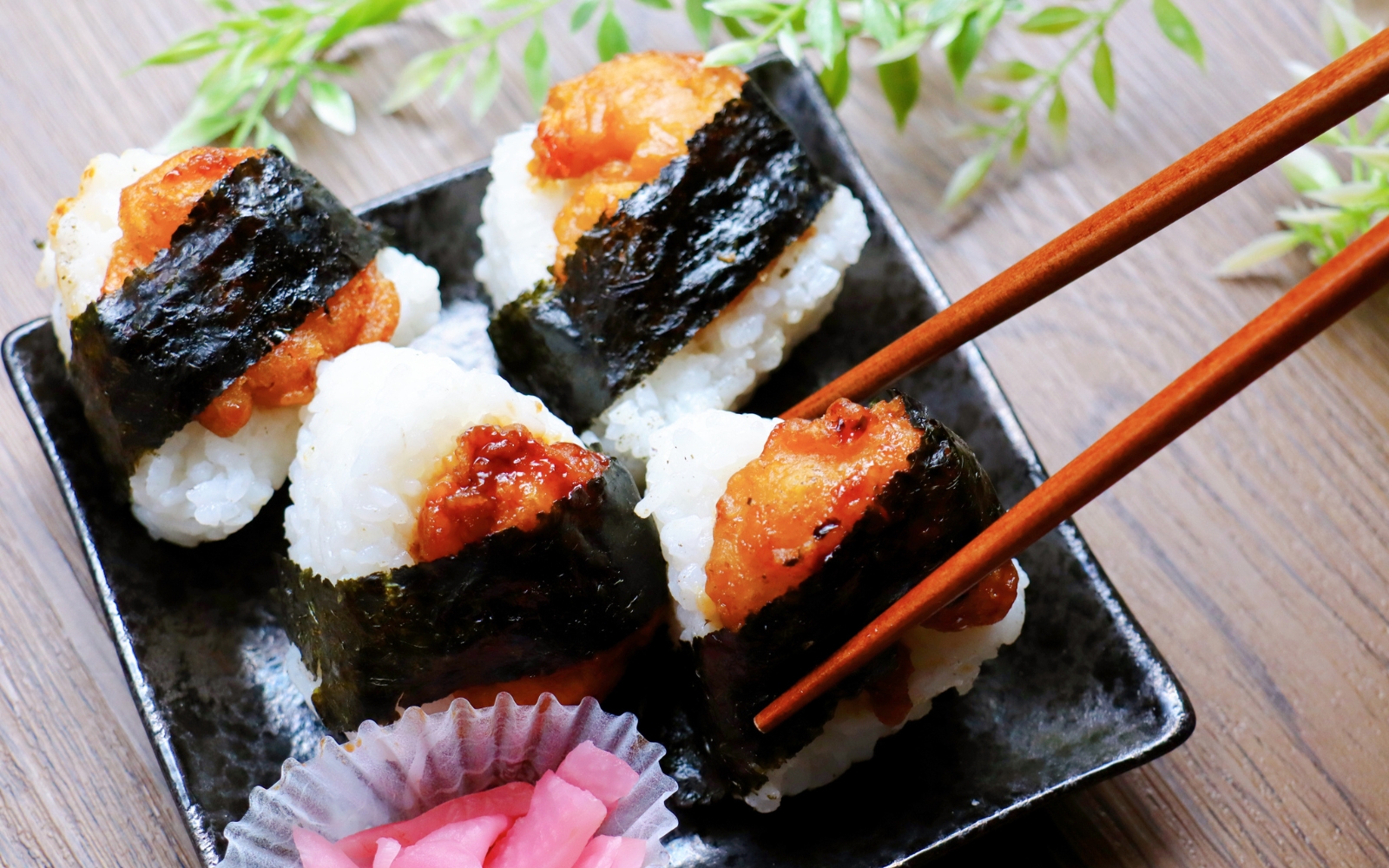
- Rice ball stuffed with a shrimp tempura and wrapped in nori (dried seaweed)
- Popular snack in Nagoya, great for “on the go”
Tenmusu is essentially an onigiri, or rice ball, that is stuffed with deep-fried shrimp tempura and wrapped in a sheet of nori seaweed.
The name “tenmusu” is derived from the combination of “tenpura” (tempura) and “musubi” (rice ball). The shrimp used in tenmusu is typically of a high quality, and it is battered and deep-fried until crispy and golden. The cooked rice is seasoned with vinegar and salt and a piece of tempura shrimp is then placed in the centre of the rice ball, which is then wrapped firmly in a sheet of nori seaweed to hold everything together.
Tenmusu is often available at convenience stores, food stalls, and restaurants throughout Nagoya. It is a popular snack or light meal that can be enjoyed while on-the-go or as part of a more substantial meal. It is also a popular souvenir for visitors to Nagoya who want to bring home a taste of the city’s local cuisine.
In recent years, variations of tenmusu have emerged, including ones that feature different types of seafood or meat, or those that incorporate different seasoning or sauces.
Ogura toast
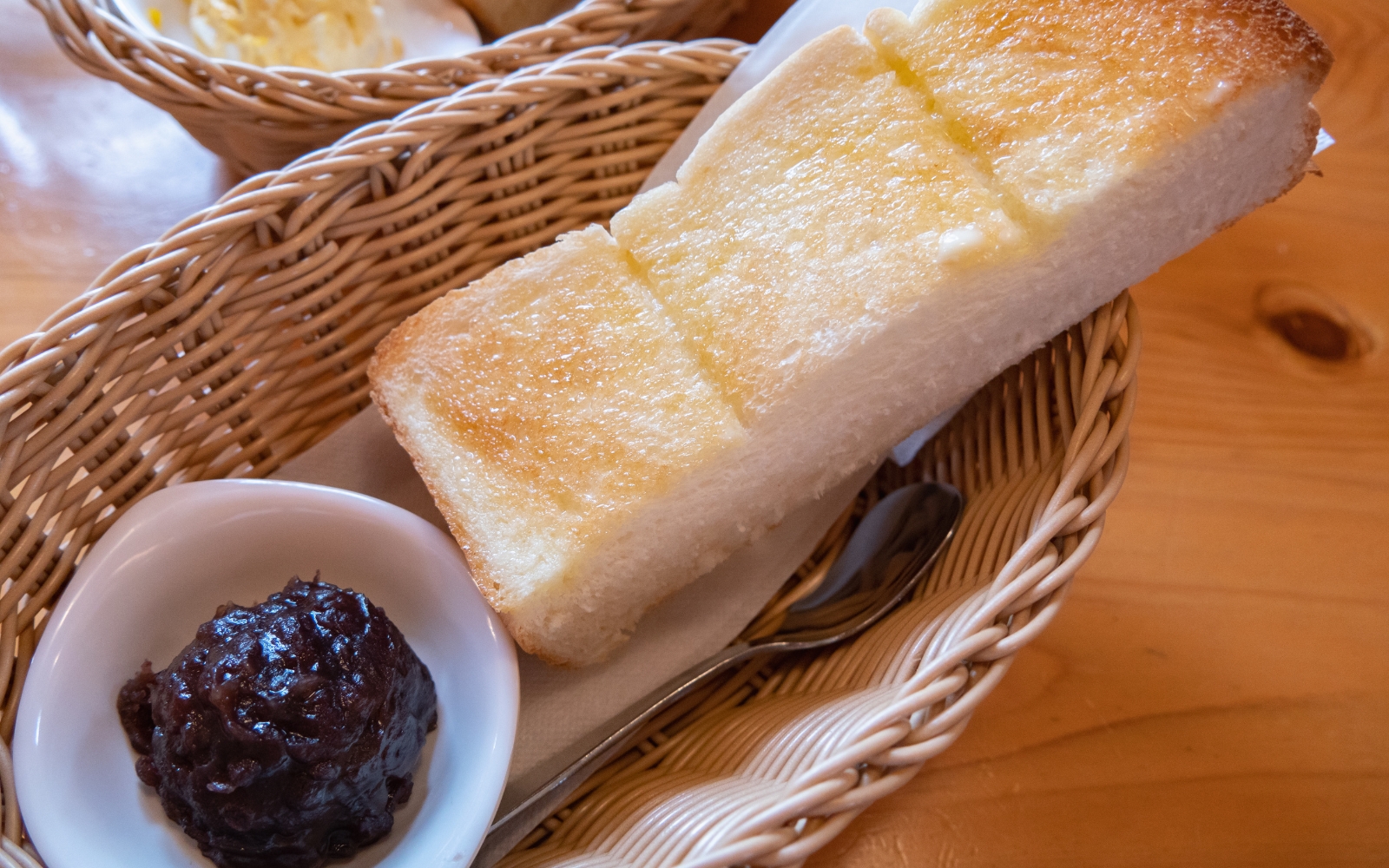
- Thick slice of toasted bread topped with sweet red bean paste
- Popular breakfast food in Nagoya
Ogura toast, a popular breakfast in Nagoya, is named after the Ogura district where it is believed to have originated. This breakfast dish is made from a thick slice of white bread, toasted until crispy on the outside and soft inside, then spread generously with “ogura-an”, a sweet red bean paste, and topped with creamy butter. The combination of the sweet and slightly salty flavours creates a delicious and comforting taste.
Ogura toast is commonly served in cafés and restaurants throughout Nagoya, and has become a staple in the city’s culinary scene. It is usually accompanied by a hot cup of tea or coffee, and is an ideal breakfast or snack choice for those seeking a sweet and satisfying treat.
I really recommend that you try Ogura toast when visiting Nagoya.
Kishimen
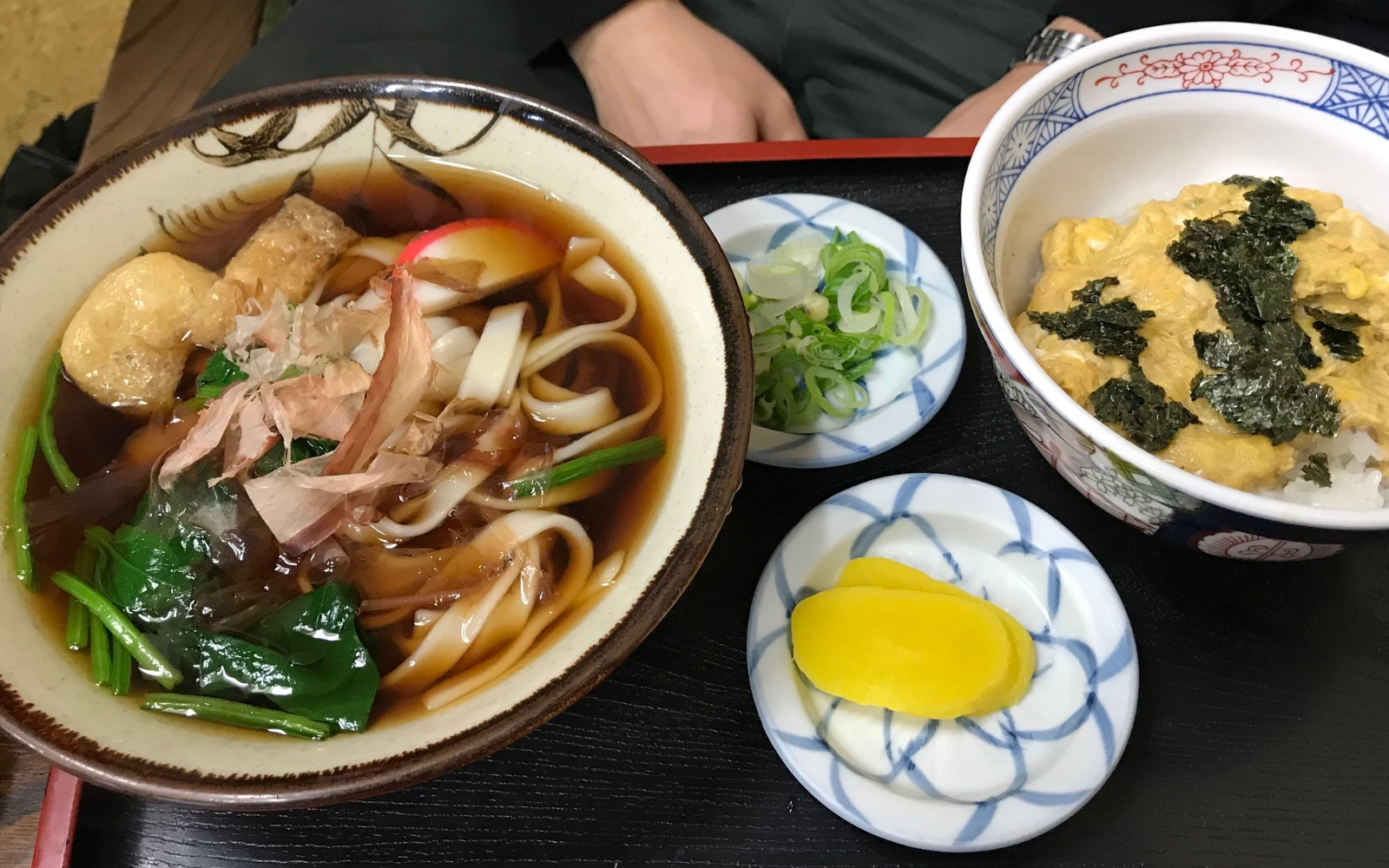
- Flat udon noodle that is served in a clear broth
- Toppings include green onions, kamaboko (fish cake), and fried tofu
Kishimen is a type of noodle dish that has been popular in Nagoya for several centuries. The dish consists of flat and wide noodles, similar to udon noodles. They are typically made from wheat flour, salt, and water.
Kishimen is served in hot broth made from dashi, soy sauce, and mirin, and is often topped with green onions, sliced chicken or kamaboko (a type of fish cake). The dish is usually garnished with nori (dried seaweed) and sesame seeds.
Kishimen is a popular comfort food in Nagoya, and can be found in many restaurants throughout the city. It is often served with a side of pickled vegetables and a small dish of wasabi, which you can add to the broth for extra flavour and heat.
You can also buy Kishimen as a delicious souvenir. Purchase pre-packaged dry noodles and soup mix to take with you and enjoy the taste of Japan at home.
Tebasaki
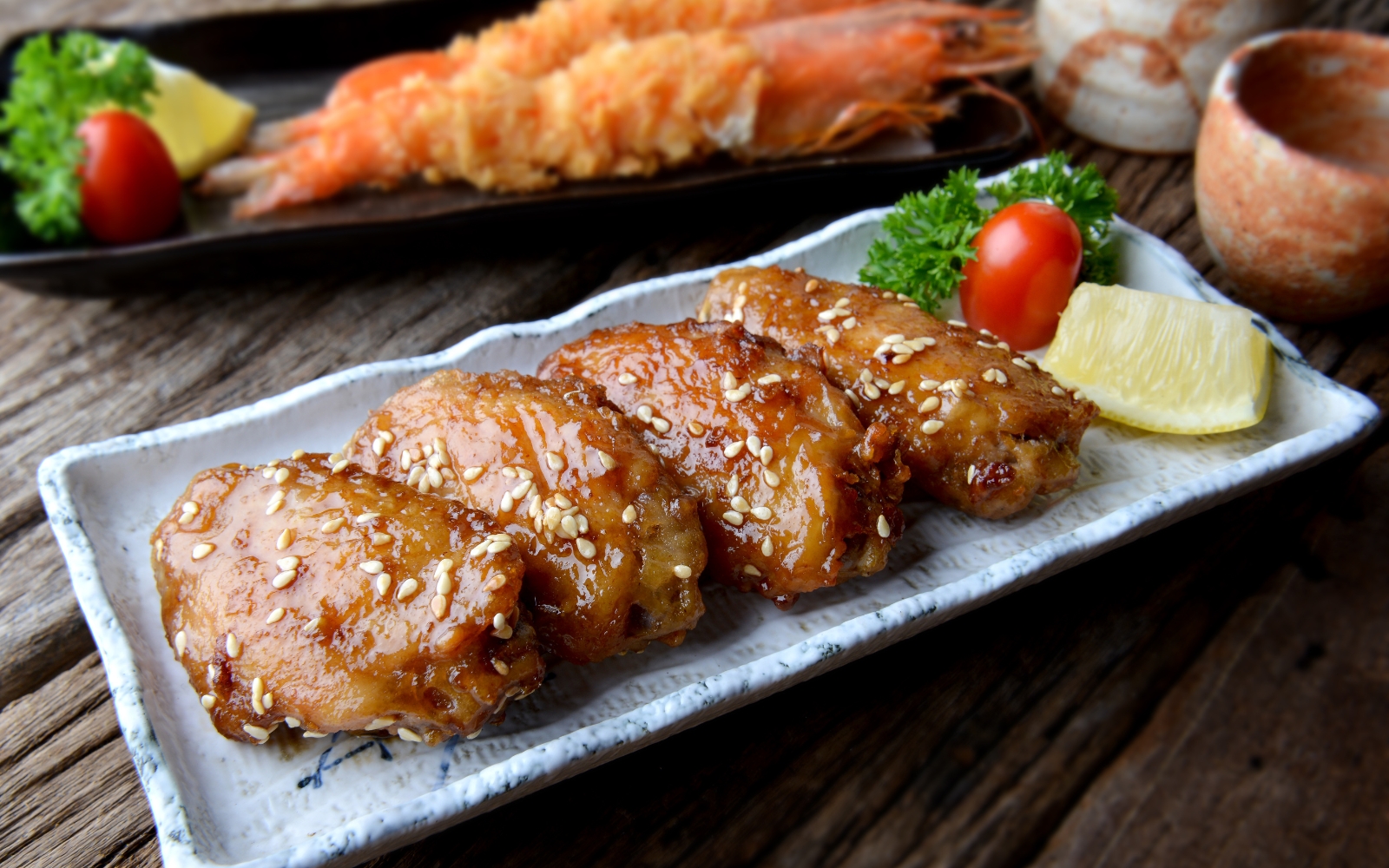
- Deep-fried chicken wing with dipping sauces
- Popular in izakayas and best with cold beer
Tebasaki is a chicken wing that is deep-fried twice until it becomes crispy on the outside and tender on the inside. The name “tebasaki” comes from the Japanese words “teba,” meaning wing, and “saki,” meaning tip.
It is typically served with a variety of dipping sauces, such as spicy sauce, soy sauce, or miso sauce. It is often enjoyed as a snack or appetizer, but can also be served as a main course with rice and other side dishes.
In Nagoya, tebasaki is considered a local speciality and is available at many restaurants for you to try. Best enjoyed with a cold beer or sake.
Oni Manju
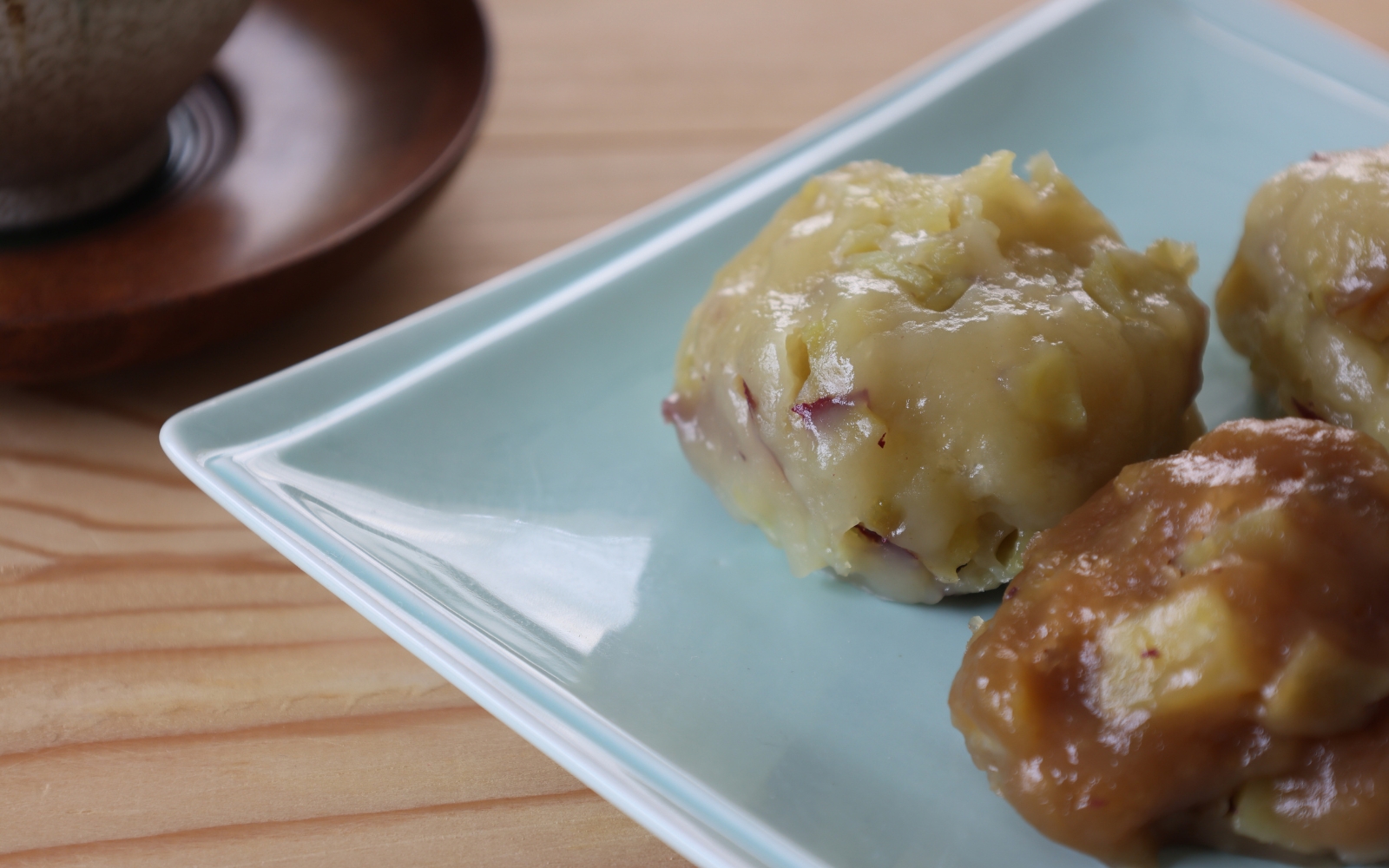
- Traditional sweet pastry aka “devil’s rice cake”
- Filled with sweet bean paste or chocolate, cheese
Oni Manju is a traditional sweet pastry in Nagoya. It is a type of manju*, a small round cake made from flour, rice powder, and sweet bean paste, while sweet potato cubes sticking out of the surface, resembling devil horns.
The exact origins of Oni Manju are unknown, but it is believed to have been created in Nagoya in the late 19th or early 20th century. Since then, it has become a cherished delicacy.
What distinguishes Oni Manju from other types of manju is its distinctive shape, resembling the horns of an oni, which is a Japanese demon or ogre. The pastry is usually filled with sweet bean paste, but there are also variations with chocolate or cheese fillings.
Oni Manju is a specialty of Nagoya and is often sold in souvenir shops and at local festivals. One of the most famous places to sample Oni Manju in Nagoya is at “Oni Manju Honpo” a shop that has been producing the pastry since 1947.
*Good to know: The word “manju” comes from the Chinese term “mantou,” which means steamed bun. Manju is a popular dessert in Japan and is often served with green tea.
Aka Miso
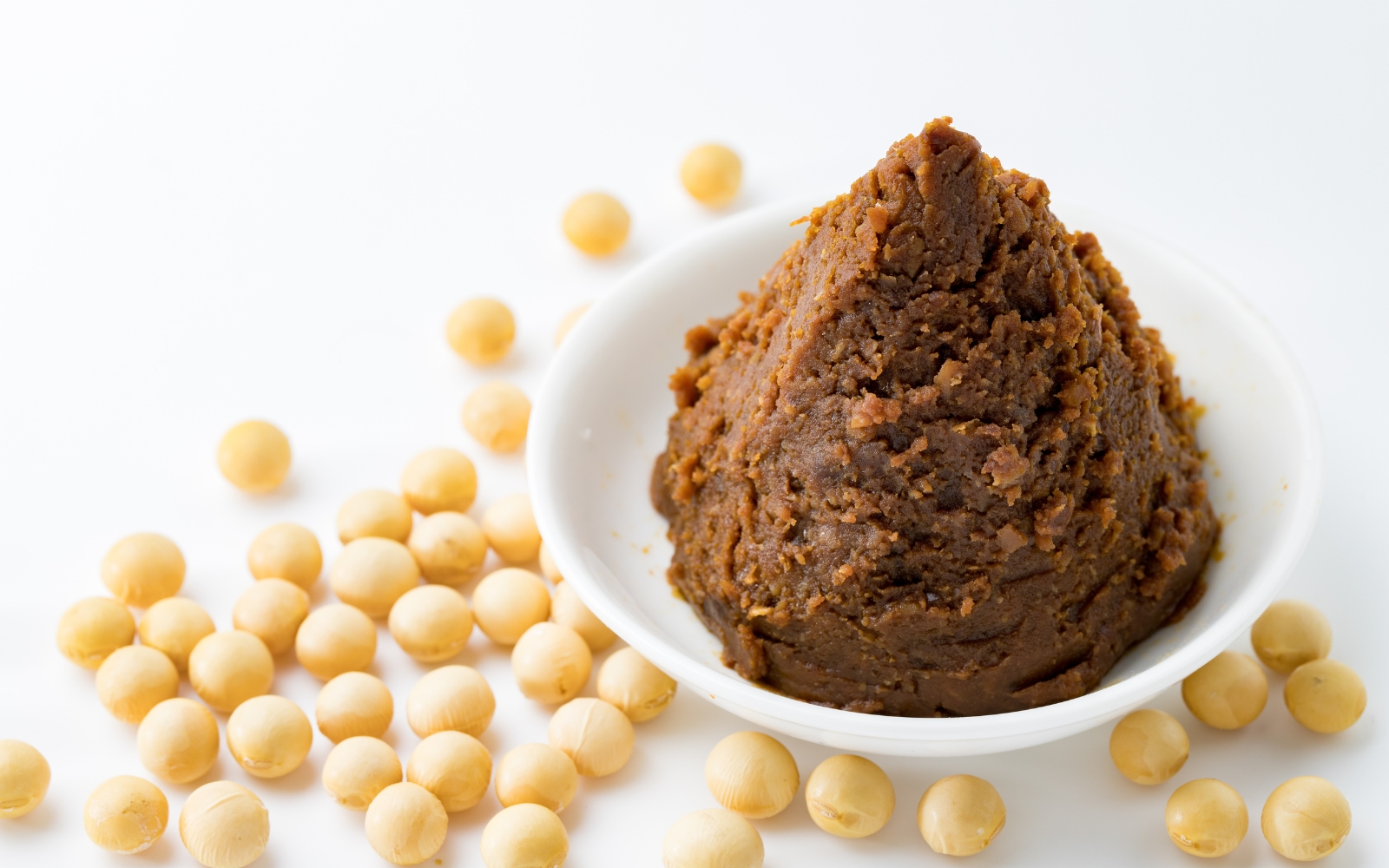
- Red Miso paste fermented for up to 3 years
- Used in many traditional foods in Nagoya
Nagoya Meshi is known for its unique ingredients, with Aka Miso (red Miso paste) being a prime example. This particular kind of miso is exclusive to the Nagoya region. It is produced using soybeans and rice koji, but what distinguishes it from other miso pastes is its exceptional red colour and slightly sweet flavour.
The red colour of Aka Miso arises from the addition of a red koji called “akakoji” during the fermentation process, providing it with a rich umami flavour. The remarkable Hatcho Miso, a special Aka Miso from Okazaki in Aichi prefecture, is made solely with soybeans, without any other ingredients. Soybeans are fermented for much longer than regular miso (up to three years) to produce Hatcho Miso, which imparts it with its characteristic flavour and dark red-brown hue.
Aka Miso is commonly used in Nagoya-style cuisine, including in the above-mentioned dishes: miso katsu and tebasaki, Aka Miso manju, and Aka Miso ice cream.




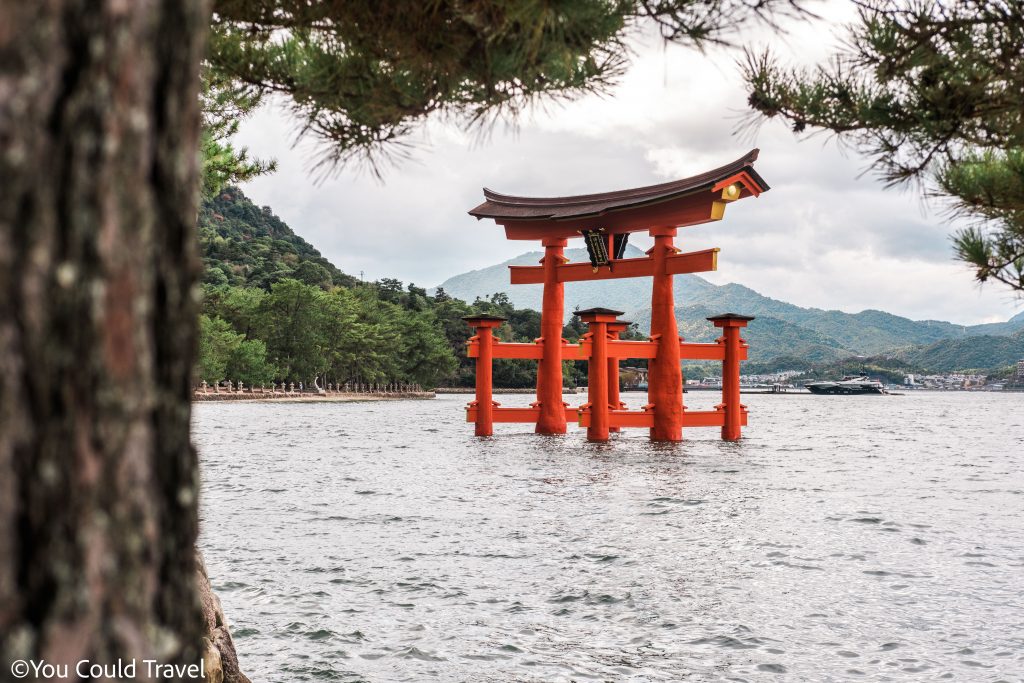
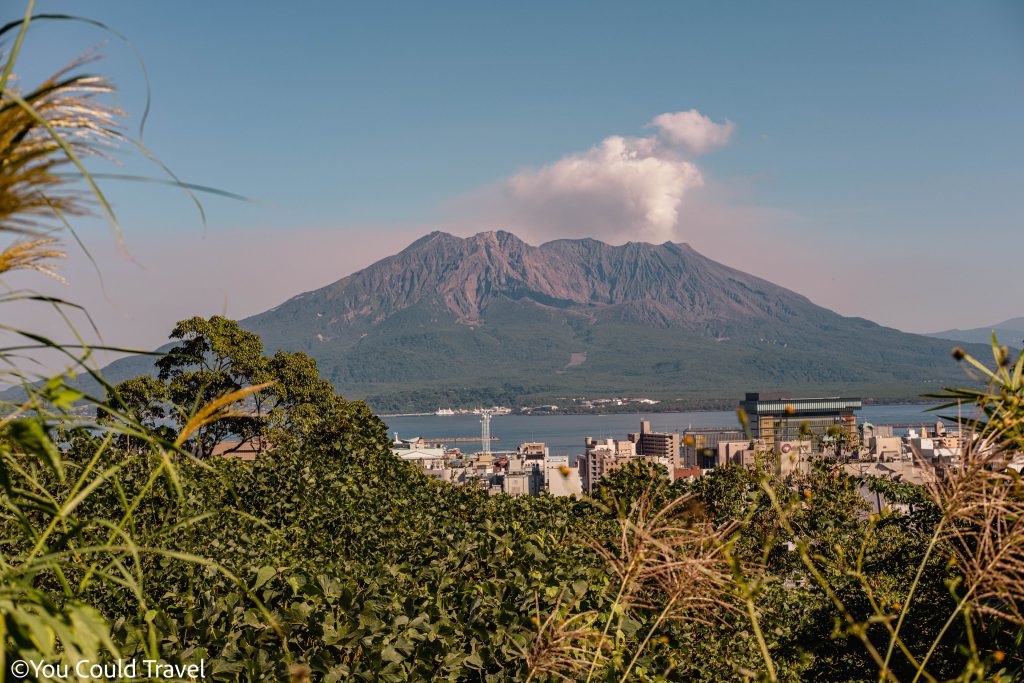
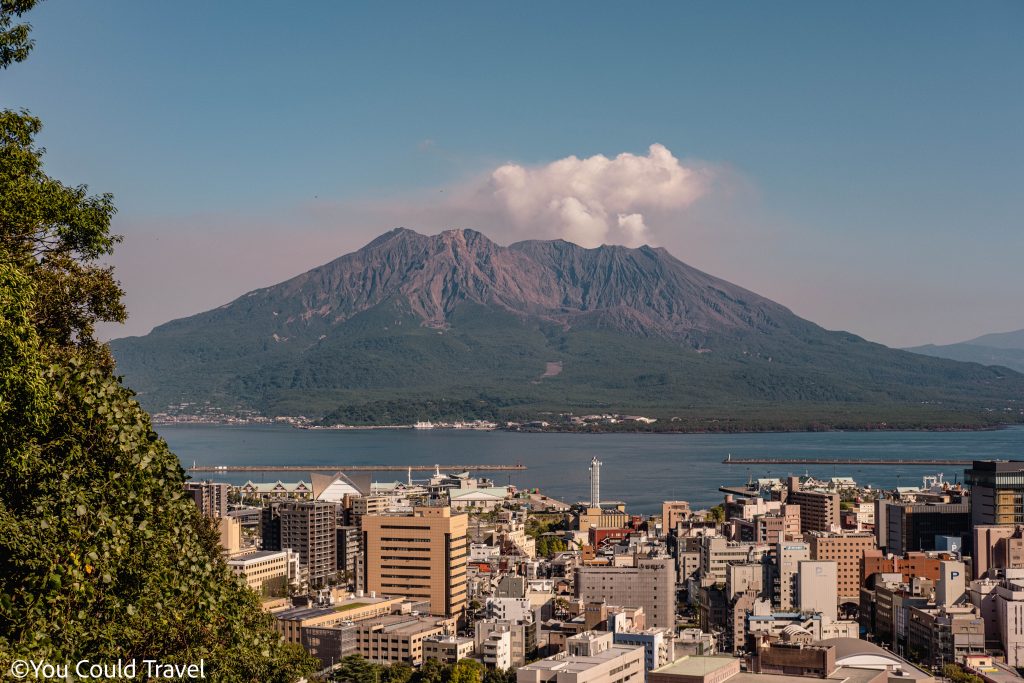


Leave a Reply